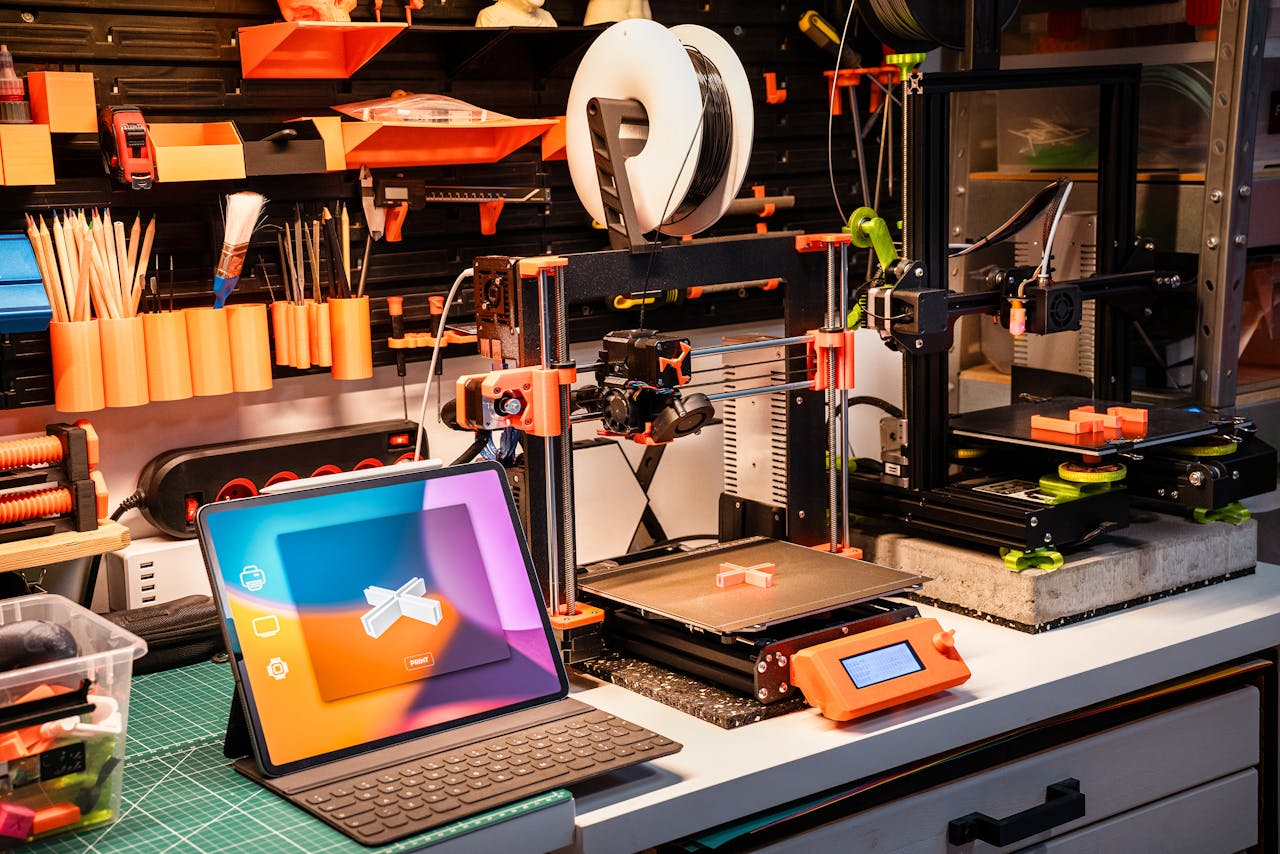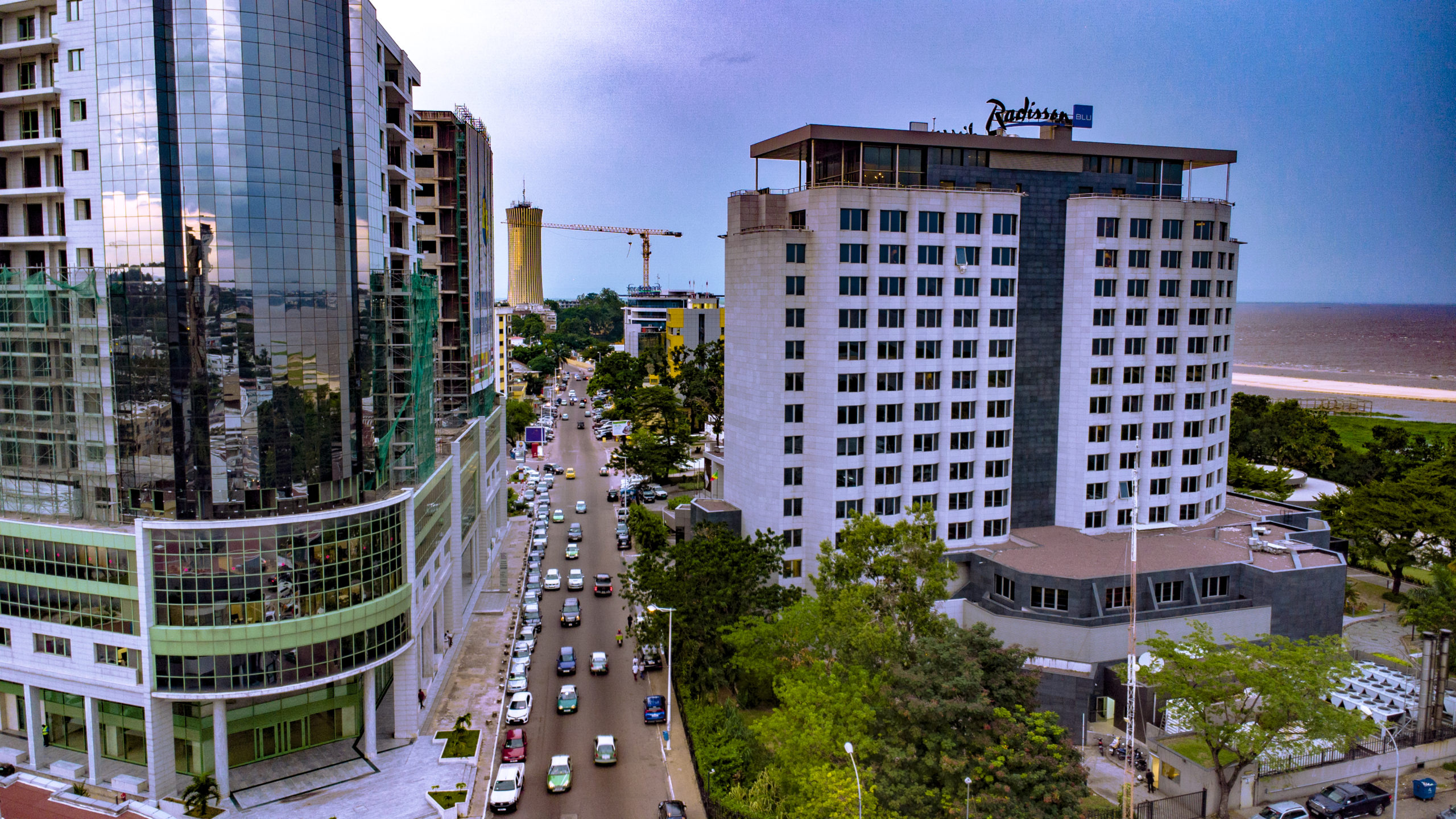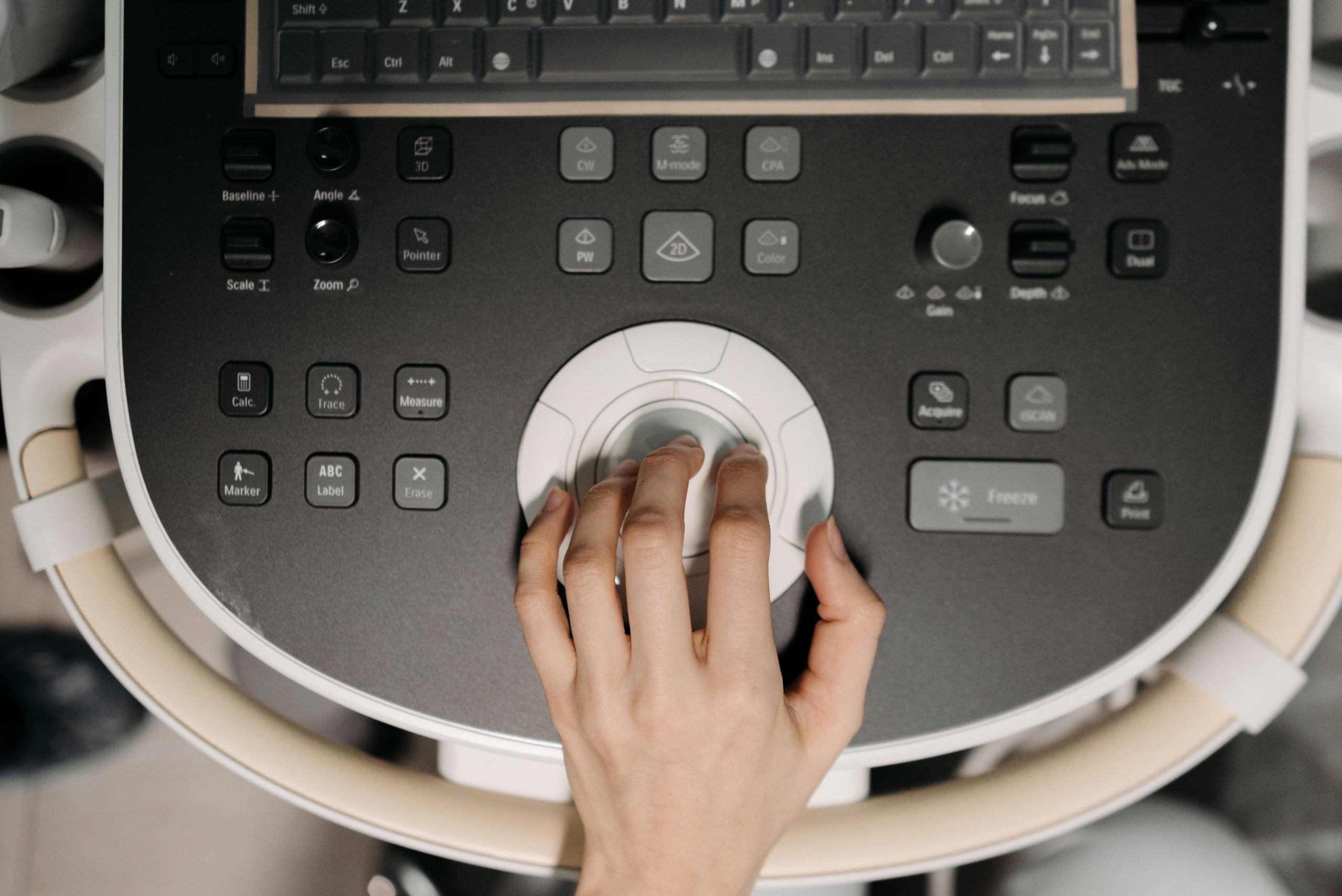At IIAT, choosing where to begin was a strategic decision. We’re building systems for distributed, sustainable medical innovation — not just one device. That meant selecting a starting point that could act as a real-world proving ground for our design philosophy: one that was impactful, technically achievable, and feasible to co-produce across borders.
Phototherapy for neonatal jaundice offered exactly that.
A High-Impact Health Challenge with a Clear Clinical Solution
Neonatal jaundice is widespread, dangerous, and very treatable.
Despite being one of the most common neonatal conditions, jaundice remains a significant cause of infant mortality and disability in many low-resource settings. Phototherapy — treatment using blue light — is clinically effective and widely understood, yet access to safe, reliable devices remains limited in many parts of the Global South.
By starting with phototherapy, we chose a health challenge with clear clinical consensus and measurable outcomes, allowing us to focus on accessibility and delivery without revalidating the science behind the intervention.
2. A Technically Simple but Logistically Transformative Design Opportunity
Simple technology doesn’t mean simple impact.
The phototherapy unit offered a unique balance: its core mechanism — blue light emission — is technically straightforward, yet its real-world deployment involves a number of design challenges, especially in low-infrastructure settings.
By focusing on a device that can be largely 3D printed using local materials, assembled without specialized tools, and serviced by technicians on the ground, we could test our distributed engineering model in a live context. Aside from the LED modules, most structural and electronic components are designed to be locally fabricated and adapted, allowing us to demonstrate how decentralised production can work without compromising quality or safety.
This made phototherapy an ideal pilot project for our engineering framework: achievable enough to start immediately, yet complex enough to expose every layer of the collaborative process — from co-design to licensing to documentation.
3. A Platform for Scaling into More Complex Innovation
Starting simple lets us scale smart.
This project gave us a live opportunity to refine our approach to co-development, licensing, and capacity building — all on a device that could be safely iterated on without excessive regulatory burden or risk. As we support local biomedical engineering students, engage with hospital partners, and refine the first pilot deployment in Brazzaville, we’re building not just a device, but a replicable model for context-aware innovation.
With this foundation, we’ll be better equipped to move into more technically challenging domains, such as low-cost ultrasound, maternal diagnostics, and other high-need areas where access is constrained not just by cost — but by supply chains, infrastructure, and exclusion from the innovation process itself.



